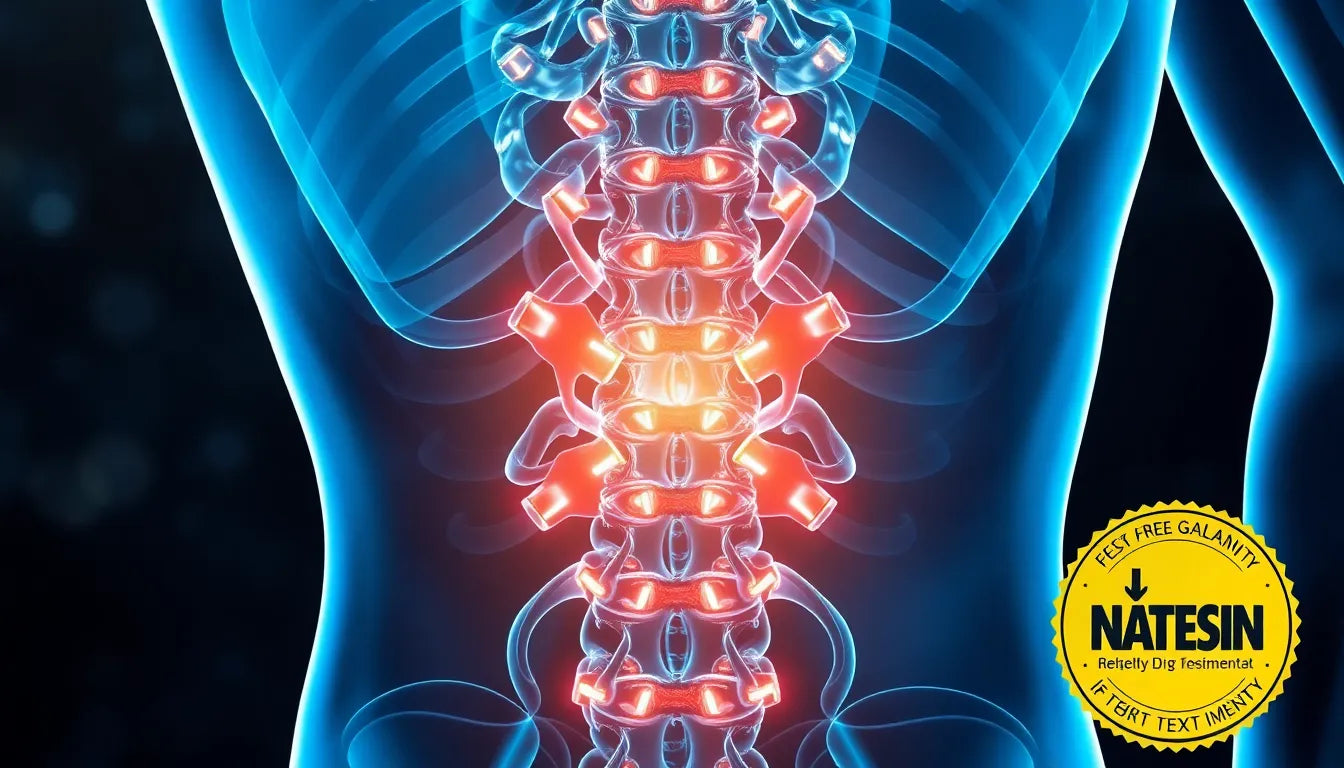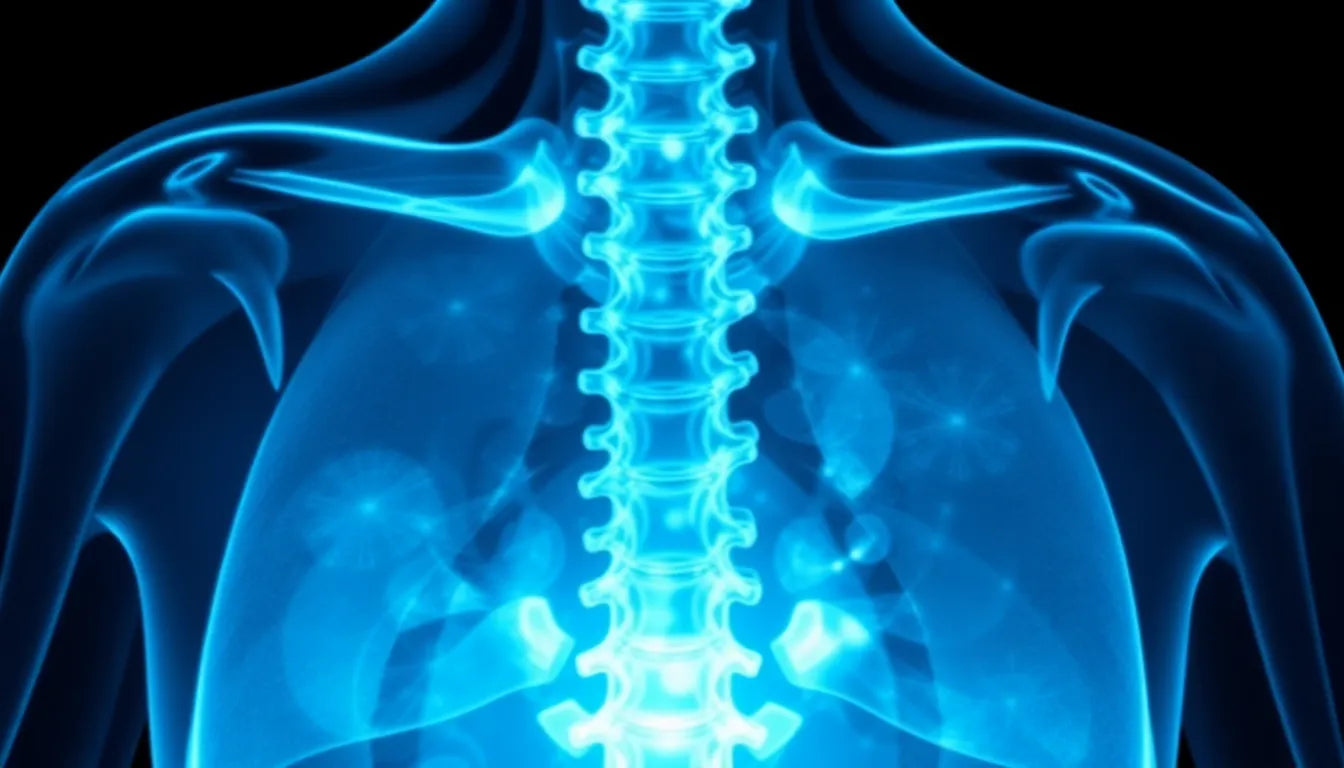A herniated disc in the lower back is a common condition that can cause significant discomfort and disrupt daily life. This condition occurs when the soft, gel-like center of a spinal disc protrudes through a tear in the tougher exterior. Common symptoms include pain, numbness, and tingling sensations that can radiate down the legs, often accompanied by muscle weakness. For many, these symptoms can be debilitating, impacting mobility and overall quality of life.
the role of exercise in managing herniated discs
Exercise plays a crucial role in managing the symptoms of a herniated disc in the lower back. Targeted exercises can help alleviate pain, enhance mobility, and strengthen the muscles that support the spine. By focusing on gentle, controlled movements, individuals can reduce the pressure on the affected disc, potentially leading to a decrease in pain and an improvement in function. However, it's essential to approach exercise with caution, ensuring that routines are tailored to individual needs and limitations to prevent further injury.
purpose of this guide
This blog post aims to provide readers with a comprehensive guide to safe and effective exercises for managing a herniated disc in the lower back. By offering a selection of exercises that emphasize gentle strengthening and flexibility, this guide will equip you with the tools needed to support your recovery journey. Whether you're looking to alleviate pain or improve your overall spinal health, these exercises are designed to be both accessible and beneficial. As you embark on this path to a pain-free lower back, remember that professional guidance from healthcare providers or physical therapists can further enhance your exercise routine, ensuring it meets your specific needs.
safe exercises for herniated discs
When dealing with a herniated disc in the lower back, selecting the right exercises is crucial for recovery and pain management. Let's explore some of the most effective and safe exercises that can help alleviate symptoms and support your journey to a healthier back.
lumbar extensions
One of the most beneficial exercises for relieving pressure on a herniated disc is the lumbar extension. The "Cobra" pose or press-ups are excellent choices. These exercises involve gently arching the back, which can help reposition the disc material and reduce nerve compression. To perform a lumbar extension, lie face down on the floor and slowly push your upper body up with your arms, keeping your hips on the ground. Hold the position briefly, then return to the starting position. This movement can help alleviate pain and improve spinal flexibility.
hamstring stretches
Hamstring stretches are essential for reducing stress on the lower back. Tight hamstrings can pull on the pelvis and exacerbate lower back pain. To perform a hamstring stretch, sit on the floor with one leg extended and the other bent inward. Reach towards your toes, keeping your back straight, and hold the stretch for a few seconds. This exercise enhances flexibility and can lead to a reduction in lower back tension.
core stabilization exercises
Strengthening the core muscles is vital for supporting the spine. Exercises like the "Bird Dog" are excellent for this purpose. Begin on all fours, then extend one arm and the opposite leg simultaneously, keeping your back straight. Hold for a few seconds before switching sides. This exercise enhances core stability, which is crucial for maintaining a healthy spine.
Partial crunches are another effective core exercise. Lie on your back with your knees bent and feet flat on the floor. Cross your arms over your chest and lift your shoulders off the ground slightly, engaging your core muscles. This movement strengthens the abdominal muscles without putting excessive strain on the lower back.
Pelvic tilts are also beneficial for lumbar support. Lie on your back with knees bent, and gently tilt your pelvis upwards, flattening your lower back against the floor. This exercise helps strengthen the lower back and abdominal muscles, providing better support for the spine.
spinal mobility exercises
Improving spinal mobility can reduce stiffness and enhance overall movement. The "Cat-Camel" stretch is a gentle exercise that promotes flexibility. Begin on all fours, arching your back upwards like a cat, then slowly lower it into a curve like a camel. This movement helps maintain spinal flexibility and can alleviate discomfort associated with a herniated disc.
water-based activities
For those seeking low-impact exercise options, water-based activities like swimming and water aerobics are excellent choices. The buoyancy of water reduces the strain on the spine while allowing for effective strengthening and conditioning. These activities provide a full-body workout that enhances muscle tone and cardiovascular health without exacerbating back pain.
guidelines for exercise
When incorporating these exercises into your routine, it's essential to focus on progression and individualization. Start with gentle movements, gradually increasing intensity as your comfort level improves. Listening to your body and respecting pain thresholds is crucial to avoid exacerbating symptoms.
Professional guidance is highly recommended when dealing with a herniated disc. Consulting a healthcare provider or physical therapist can provide personalized exercise plans that cater to your specific needs and conditions. These professionals can ensure that your routine is safe and effective, helping you achieve the best possible outcomes in managing your herniated disc symptoms.
Complementary therapies for herniated discs
While exercise is a cornerstone of managing herniated disc symptoms, incorporating additional therapies can enhance recovery and provide further relief. Non-exercise treatments such as massage, spinal manipulation, and heat/cold therapy can complement your exercise routine. Massage therapy can help reduce muscle tension and promote relaxation, while spinal manipulation, performed by a qualified chiropractor, may help realign the spine and reduce nerve pressure.
Heat therapy, such as warm baths or heating pads, can improve blood flow and relax tight muscles, offering temporary pain relief. Conversely, cold therapy, like ice packs, can reduce inflammation and numb sharp pain. These therapies can be integrated into your routine to support your recovery process, but it's crucial to consult with healthcare professionals to ensure they are appropriate for your specific condition.
Avoiding aggravating movements
Understanding which movements to avoid is just as important as knowing which exercises to perform. High-impact activities, such as running or jumping, can exacerbate herniated disc symptoms by placing undue stress on the spine. Similarly, exercises that involve twisting or bending forward, like certain yoga poses or heavy weightlifting, can increase the risk of further injury.
It's essential to listen to your body and stop any activity that causes pain. If a particular movement leads to discomfort, it's a sign to pause and reassess your approach. Consulting with a healthcare provider can help you identify safe modifications or alternative exercises that suit your needs.
Conclusion
Effectively managing a herniated disc involves a combination of safe exercises, complementary therapies, and professional guidance. By focusing on gentle, targeted movements and avoiding activities that may worsen symptoms, you can work towards a pain-free lower back. Remember, consistency in your exercise routine, along with gradual progression, is key to achieving lasting results. Engaging with healthcare professionals ensures your approach is tailored to your unique situation, enhancing both safety and effectiveness.
Frequently Asked Questions
What exercises should I avoid with a herniated disc?
It is advisable to avoid high-impact exercises such as running, as well as movements that involve twisting or heavy lifting. These activities can strain the lower back and exacerbate herniated disc symptoms.
How quickly can I expect to see results from these exercises?
Results vary depending on individual circumstances, but many people begin to notice improvements within a few weeks. Consistency and gradual progression are essential for achieving the best outcomes.
Can I do these exercises at home, or do I need special equipment?
Most of the exercises for managing a herniated disc can be performed at home with minimal equipment. Basic items like a yoga mat or resistance bands can enhance your routine but are not strictly necessary.
Should I stop exercising if I feel pain?
If you experience pain during an exercise, it is important to stop immediately and consult a healthcare professional. Pain can indicate that the exercise is not suitable for your condition or needs modification.
How do ergonomic aids support exercise for herniated discs?
Ergonomic aids, such as lumbar support cushions or adjustable chairs, can provide additional comfort and support during exercise. They help maintain proper posture, reducing strain on the lower back and enhancing the effectiveness of your routine.
Sources
- Medical News Today. "Herniated disk: 6 safe exercises and what to avoid."
- Goodpath. "Herniated Disc Pain? 5 Key Exercises to Help."
- Ask Doctor Jo (YouTube). "Extension Exercises and Stretches for Herniated Disc."
- BackIntelligence. "7 Herniated Disc Exercises For Lower Back."
- Orthopedic Institute of NJ. "20 Herniated Disc Exercises & Stretches."
- Spine-health. "Treatment for a Lumbar Herniated Disc."
- Mainstay Medical. "Effective Exercises For Herniated Disc in Lower Back."


















